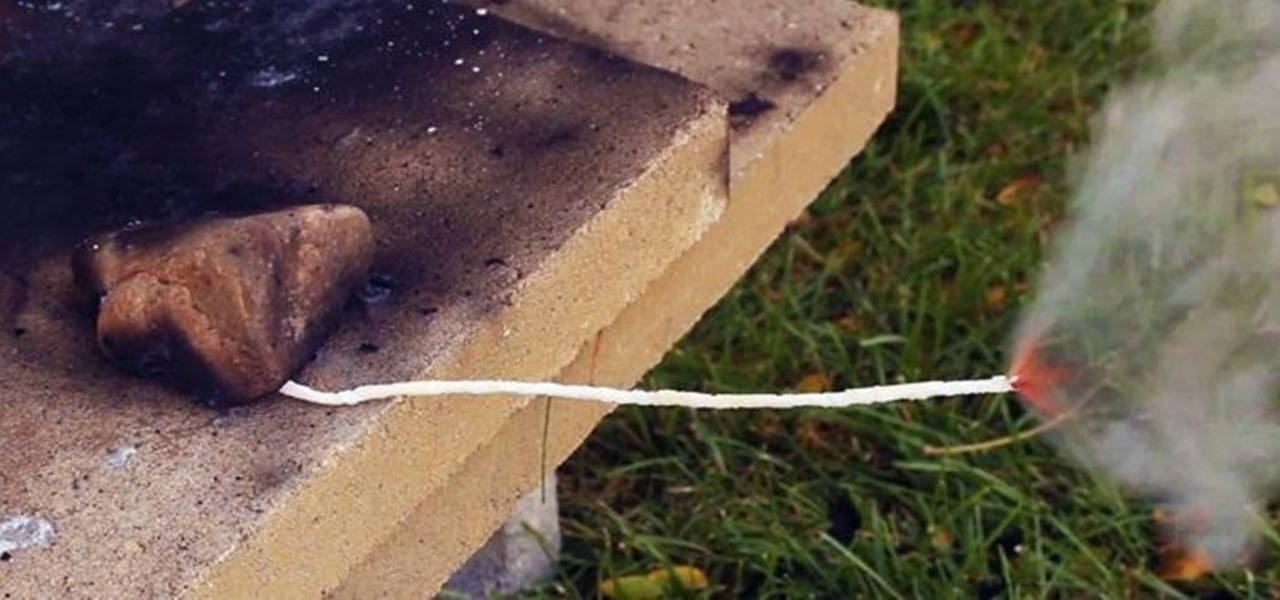Mad Science How-Tos

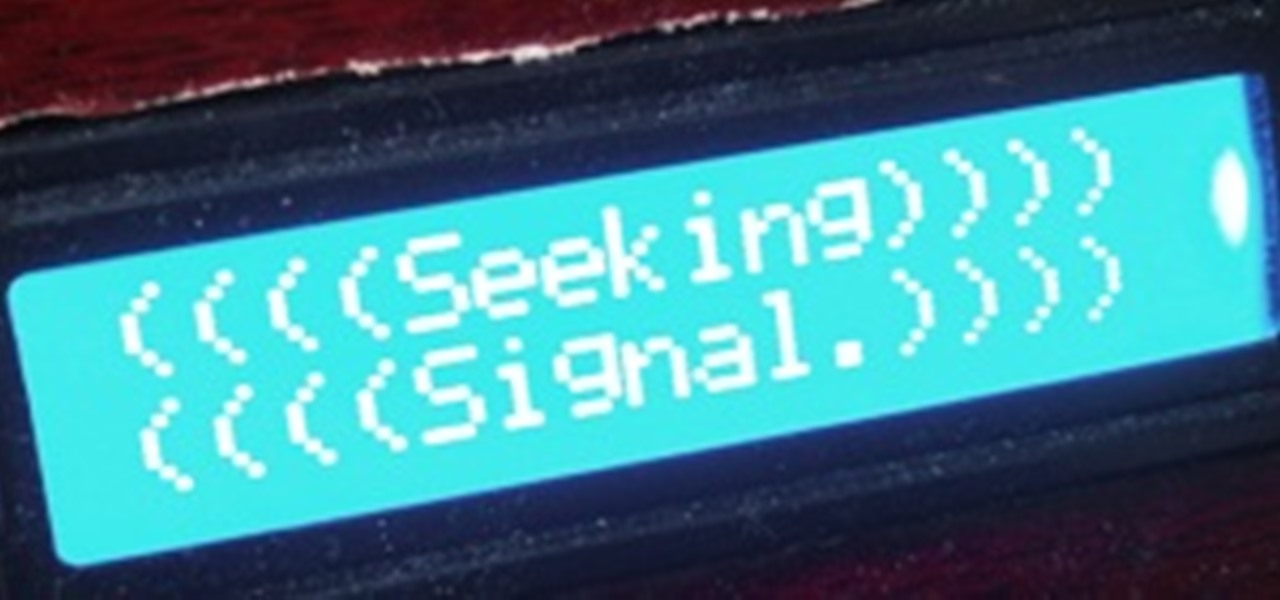
Backwards Geocaching: How to Make a Reverse Geocache Box
If you've never heard of geocaching, it's kind of a grown-up treasure hunt you play everywhere in the world. GPS coordinates are given as clues and the players must find the cache box. There is usually a log book to write your name and a small toy or present to collect.

Robot Basics: Using an H Bridge to Move Your Bot Backwards
I love robots. They have the potential to evolve into Asimovian destroyers of the human species, but have only just mastered the art of cleaning my rug. They have an ever increasing cool factor and a growing number of cheap and simple components that let the hobby roboticist reach for the burning miasmas of plasma. But to get to the stars, we need to start with the basics.
How To: Make Your Solar-Powered Projects More Efficient with This DIY Sun Tracker
Omniscience is not required to make some really cool shit happen. Yes, it took a while, but we can make fuel from the Sun! Solar panels are basically our answer to God. And now that we can make solar electricity, finding the most efficient way to harvest it is tricky.
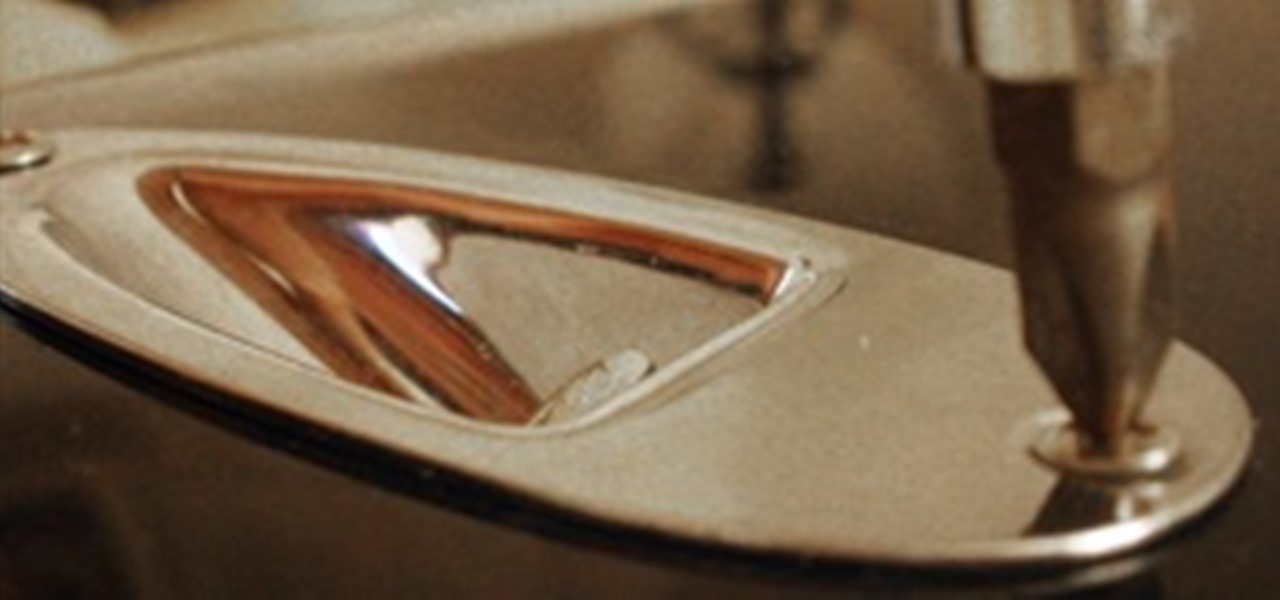
How To: Noob-Proof Your Electric Guitar with This Undetectable Magnetic Jack Lock
The guitar is a double-edged sword. I've played all my life, and though I love the act of guitar playing, there are quite a few people I could live with never hearing play again—ever.

How To: Bring Your Dead Phone Battery Back to Life with a Portable Solar-Powered Cell Phone Charger
What's the first thing you would do once you realized you were lost in, say, a desert? If you're like me, you would immediately pull out your cell phone and start dialing every number. But what if you have no service? What if your battery is dead?
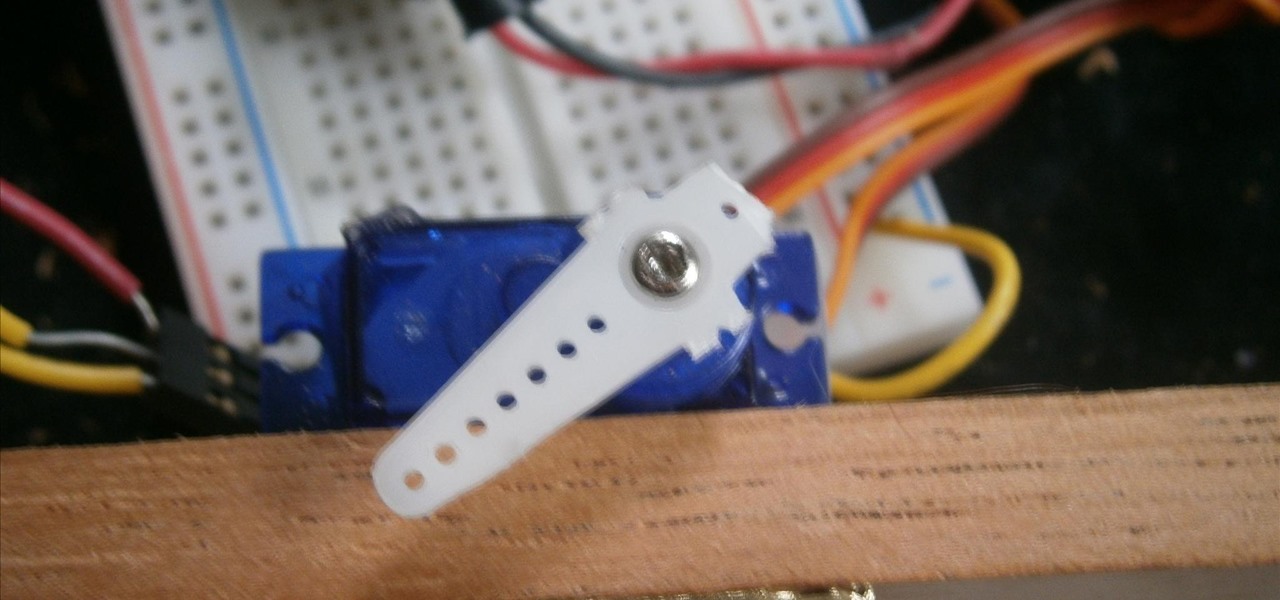
How To: Forget Keys—Use a Secret Knock to Open Your Locked Boxes
There is something special about a secret knock. It gets you into secret super villain meetings and is a surefire way to test for rotating bookcase passages. Secret knocks usually work with an intimidating drug lord and for policeman listening at the door for the correct pattern of raps.
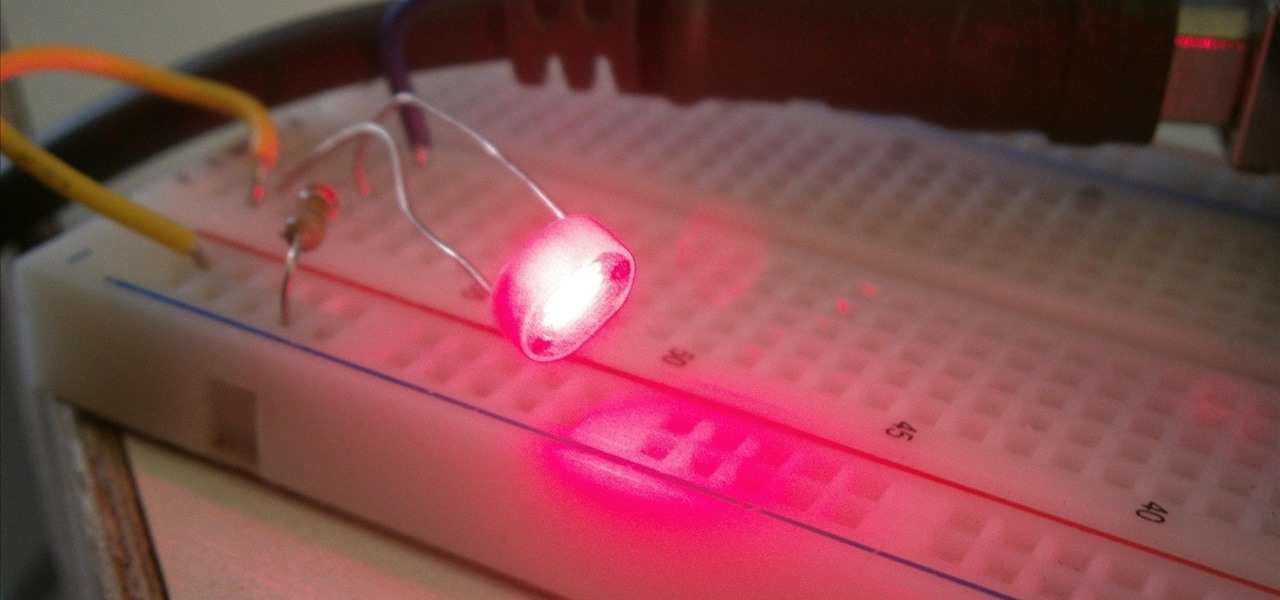
How To: Automate Your Doorbell with Freaking Lasers
Doorbells are a great idea. They let you know when someone who's not a burglar is trying to enter your house, apartment, or squat. They eliminate the need for lots of noisy yelling and startling door pounding.

How To: How Hard Is It to Land on the Moon? New Space Game Gravitates Towards Space Physics
If you're like me, you were disappointed when NASA cut their human space flight program. No longer could children and adults in dead-end jobs dream of someday walking on the surface of the Moon or drinking floating globules of water through a straw. Homo sapiens as a species are still making it up there, but I will never be one of the chosen ones.

Elementary Sputnik Satellites: How to Make Trash Bag Hot Air Balloons
Sputnik was the very first man-made object to be sent into space. Though it was a truly epic accomplishment, all this Soviet sky surfer actually did was transmit a constant beeping noise back to the surface.
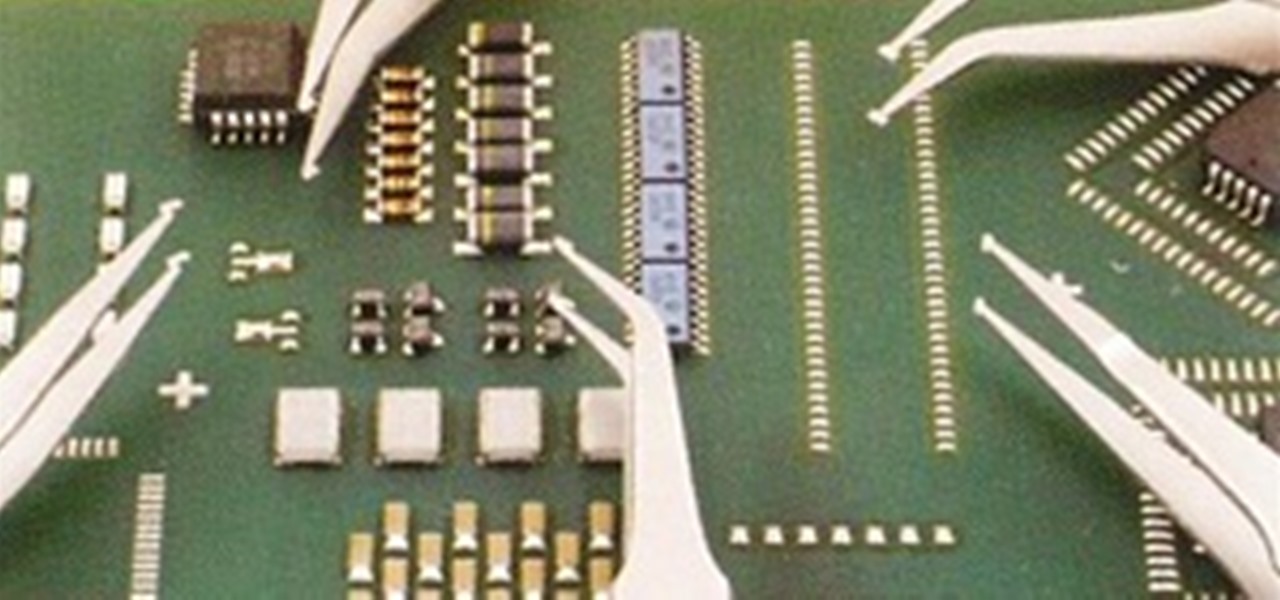
How To: Make Surface-Mount Electronics at Home for Smaller, Cheaper DIY Gadgets
Whenever we make a homemade circuit, we use what are called through-hole components. Any components with long metal leads is a through-hole component. They are great for soldering to, but it's tough to fit enough through-hole resistors and capacitors into a smartphone. To get those last microns, we have surface-mount components for SMDs (surface-mount devices). These are all of those teeny, tiny things you see when you crack open your digital camera or laptop case.

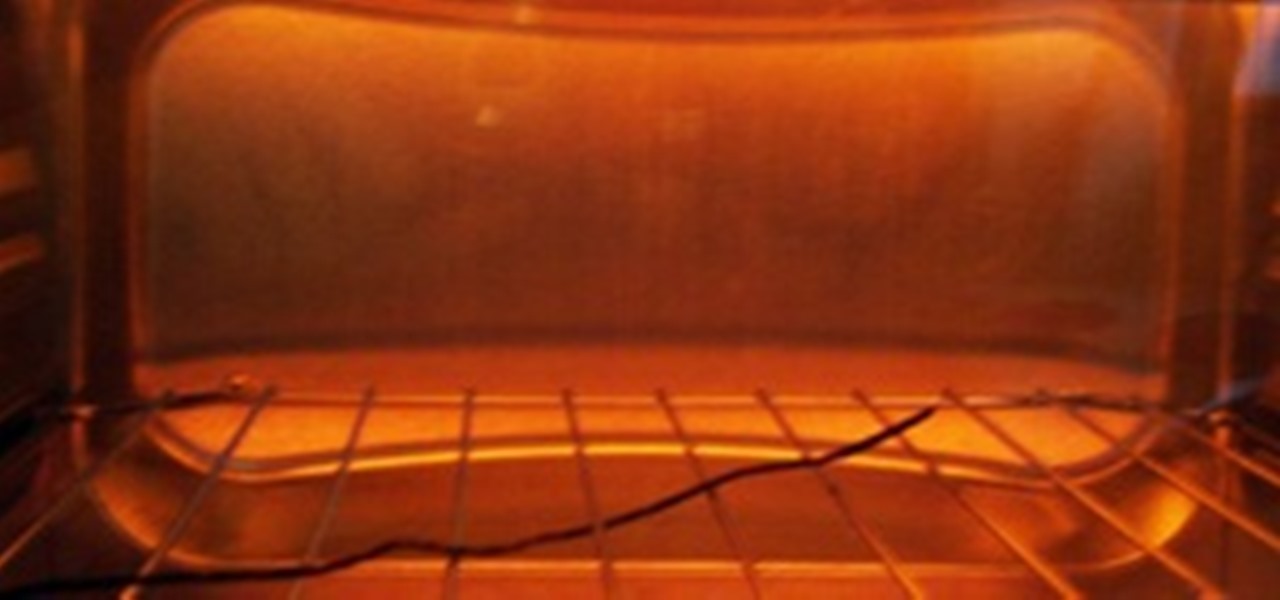
DIY Lab Equipment: Build Your Own Reflow Oven Out of a Toaster for Precision Temperature Soldering
Ever wonder how all of those tiny chips and components can fit inside your laptop or smartphone? If you tried to squeeze them in there yourself, your laptop would quickly become too heavy for your lap, and your mobile phone would need wheels to stay mobile.

How To: Build Your Own Mini Altoids Guitar Amp for About $5
I love making beeps and bloops with the Arduino pitches library, but sometimes archaic 8-bit tunes just don't cut it. Whether you want your robot to terrify your enemies with a demonic synthetic voice, you just need a pocket boom box on the go, or you want to a miniature guitar amp, a simple LM386 amplifier can crank up those signals loud enough to play through any speaker.
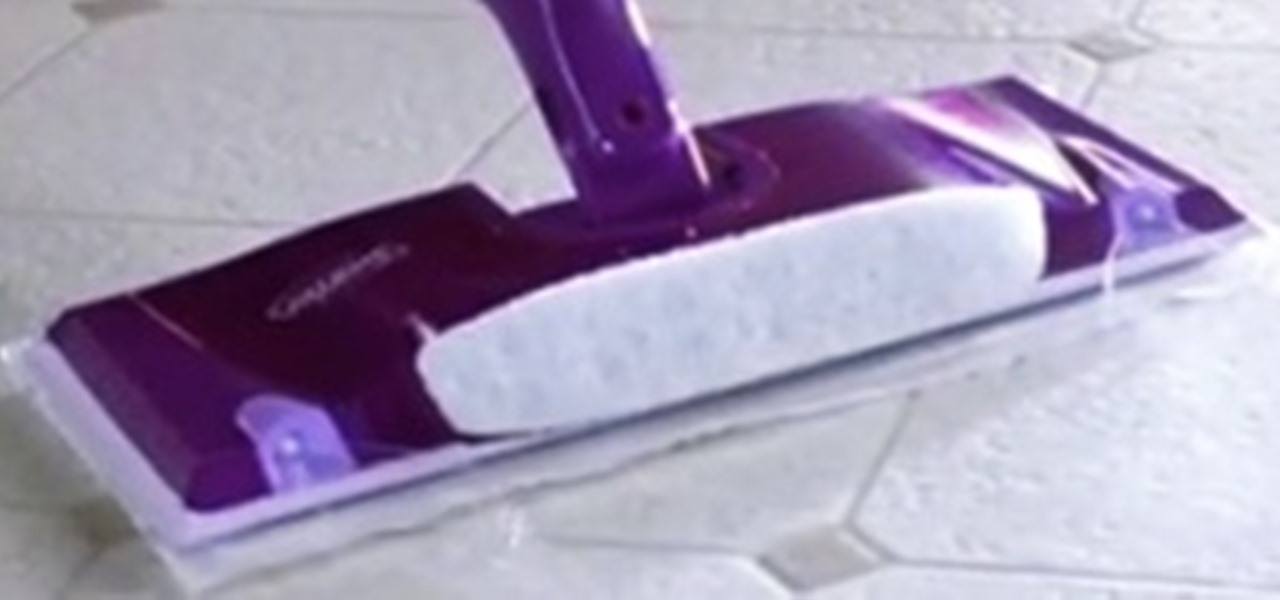
How To: Prank an Entire Dorm with a Perfume-Spraying Swiffer WetJet Booby Trap
Pranks are fun, but finding a way to maximize the affect of a prank can be tricky. Toilet papering the whole campus or repainting all of the parking spaces slightly smaller can take a long time and a lot of resources. A better plan of attack is to booby trap the choke points where your victims are forced to pass through. Think like a guerrilla. A dorm doorway is a good idea.

How To: Trigger Anything from Anywhere with Just a Phone Call
Smartphones are crazy awesome. You can do your banking, track your children, find directions, and even pretend to have a mustache. The only thing that these personal supercomputers are missing is physical interaction with the environment.

Galactic Invasion: How to Make a Wireless Robot Rocket Launcher
If you're like me, you were always jealous of the kids with rich parents who got to ride around in their own Power Wheels cars. Now that I am tall enough to sell my body and time, I find myself attaining childhood dreams like buying my own Power Wheels car. I would not have chosen the Barbie Jeep given the choice, but 40 bucks on Craigslist is an amazing deal.
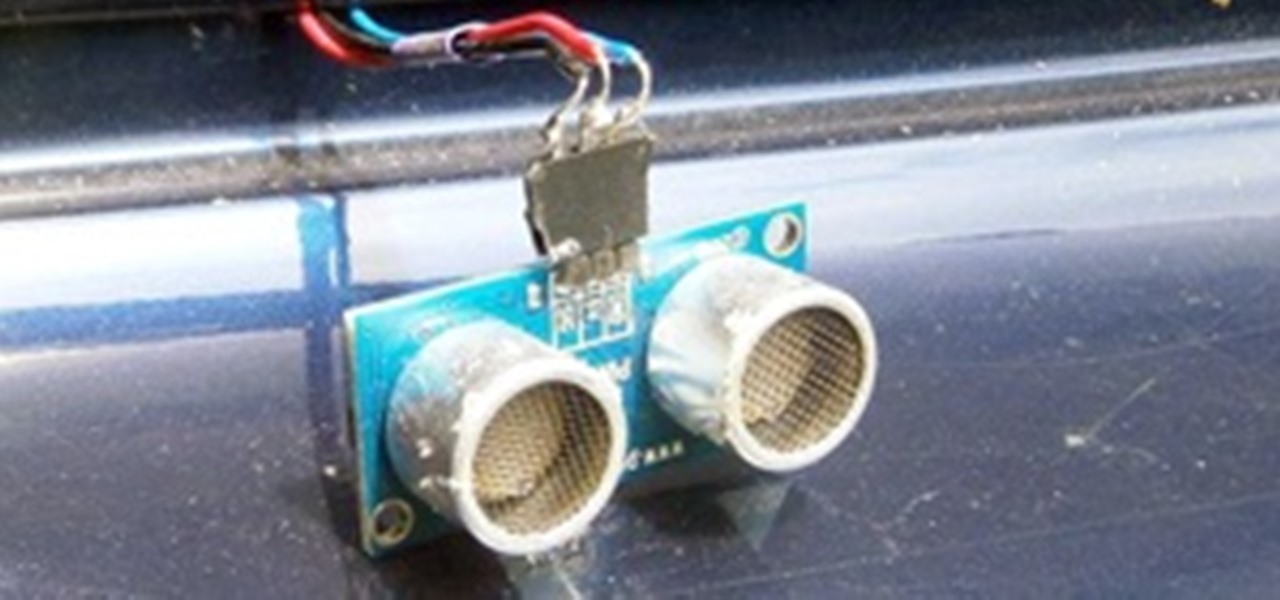
How To: Make These Sonic Distance Sensors for the Bad Driver in Your Life
Today's fancy cars come with all sorts of options, from power mirrors to working seat belts. Some of us condemned to live in the reality of capitalist recession have no car, or perhaps a very modest one. But your modest car can still have some cutting edge technology wedged into the trunk and dashboard if you know what you want and where to look for parts. Today, we make a parking sensor using a sonic range finder, just like in the vehicles our owners drive!
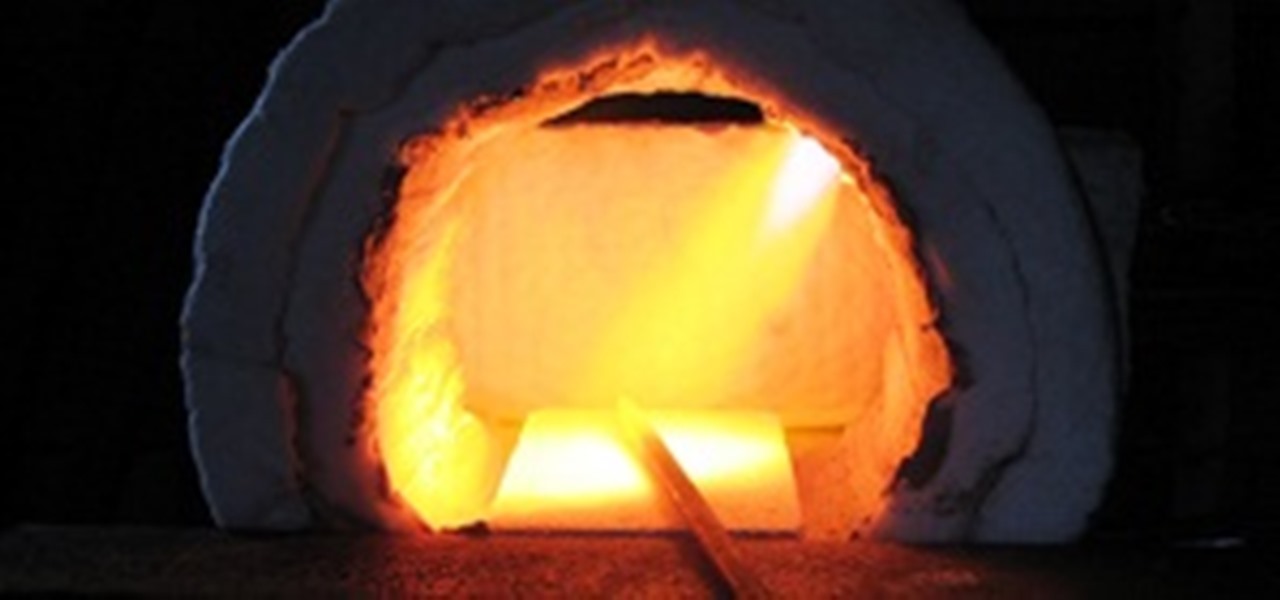
DIY Blacksmithing: Forge Your Own Steel at Home!
Metal is a great material to work with. It's rigid, tough, malleable and conductive, but sometimes the part we need doesn't exist in any store. In order to create custom pieces, you need to either melt the metal and cast it in a mold, or heat it until it's soft enough to shape with your hammer. Properly melting metals can be a bit dangerous in our home shop, but we can make a coffee can forge for all of our home blacksmithing needs.
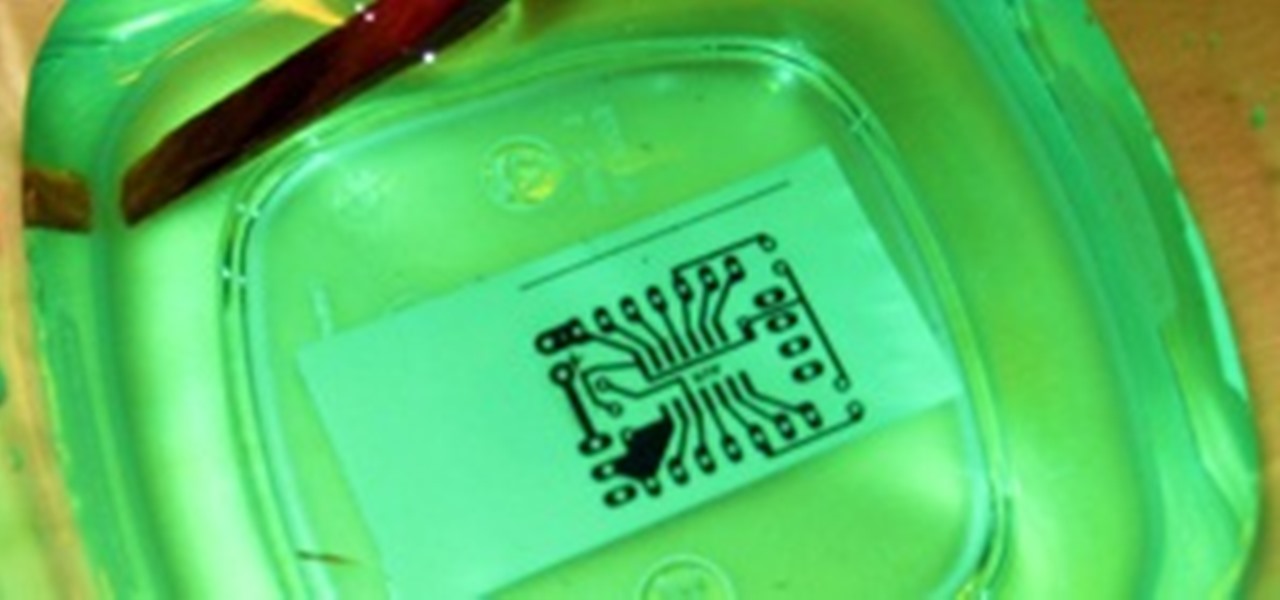
How To: Create a PCB Etchant That Automatically Improves After Each Use
Etching your own circuit boards is tons of fun, but etching requires strong chemicals to dissolve the copper plating on blank circuit boards. The normal ferric chloride solution works well, but can be expensive and leaves permanent stains. Luckily, we can whip up our own etchant at home with everyday chemicals! Better yet, our new etchant will turn an eerie green color rather than the dull brown of ferric chloride.
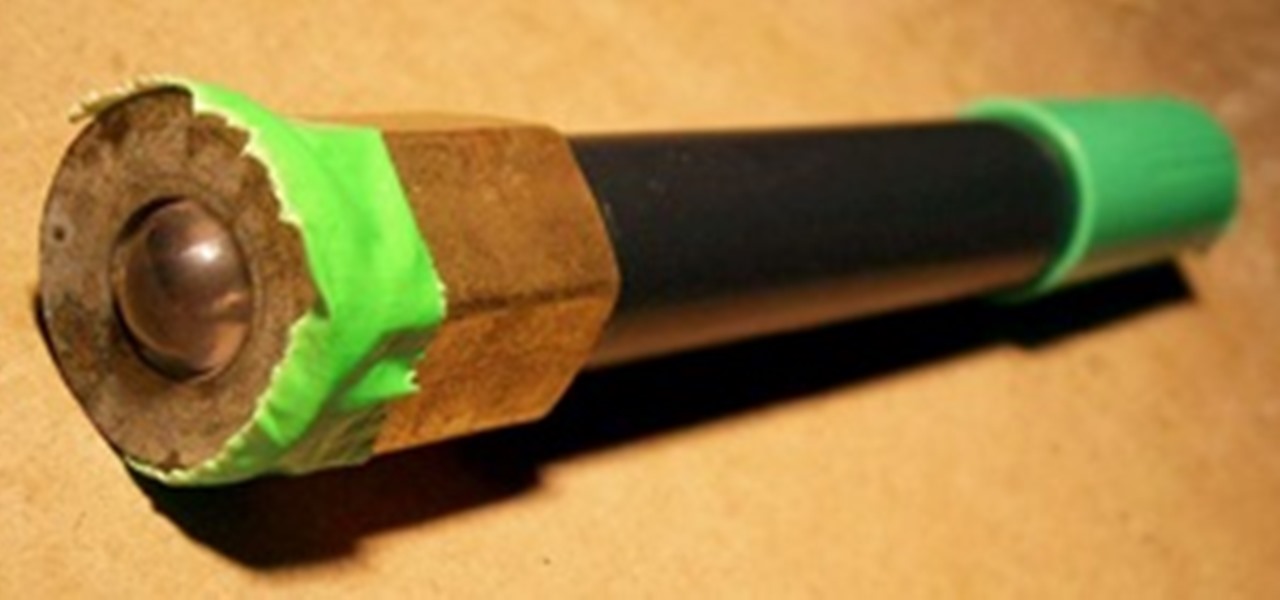
How To: Remote Control Anything with a DIY Sonic Screwdriver and Light Sensors
Fans of Doctor Who know that the sonic screwdriver is the ultimate tool. It can unlock doors, turn on lights, detect life forms, solder wires, and sabotage weapons.
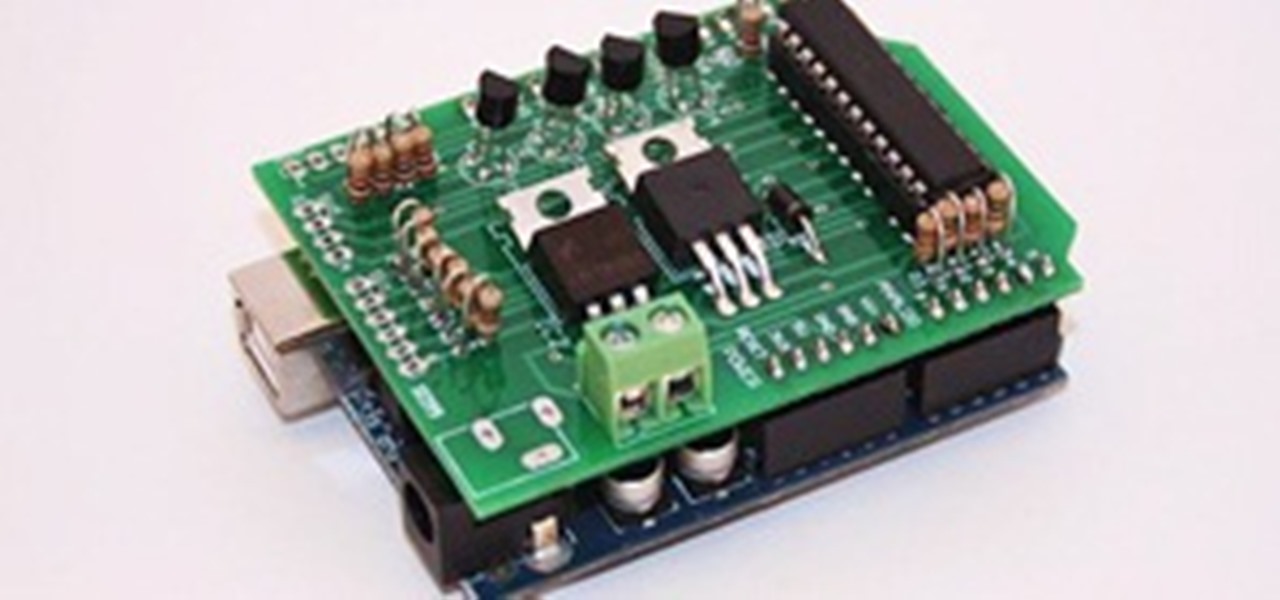
Get Into the Kit Business: How to Build and Sell Your Own Arduino Shields
The DIY industry is booming, despite the desperate blackmailing of society by finance capitalists. Companies like Adafruit and Makerbot are grossing well over a million dollars a year, and Evil Mad Science Laboratories just recently dedicated themselves to running a full-time kit business. Making kits is fun, but starting a business can be scary. If you already enjoy making gadgets and want to take the plunge into selling your own kits online, this article is for you.
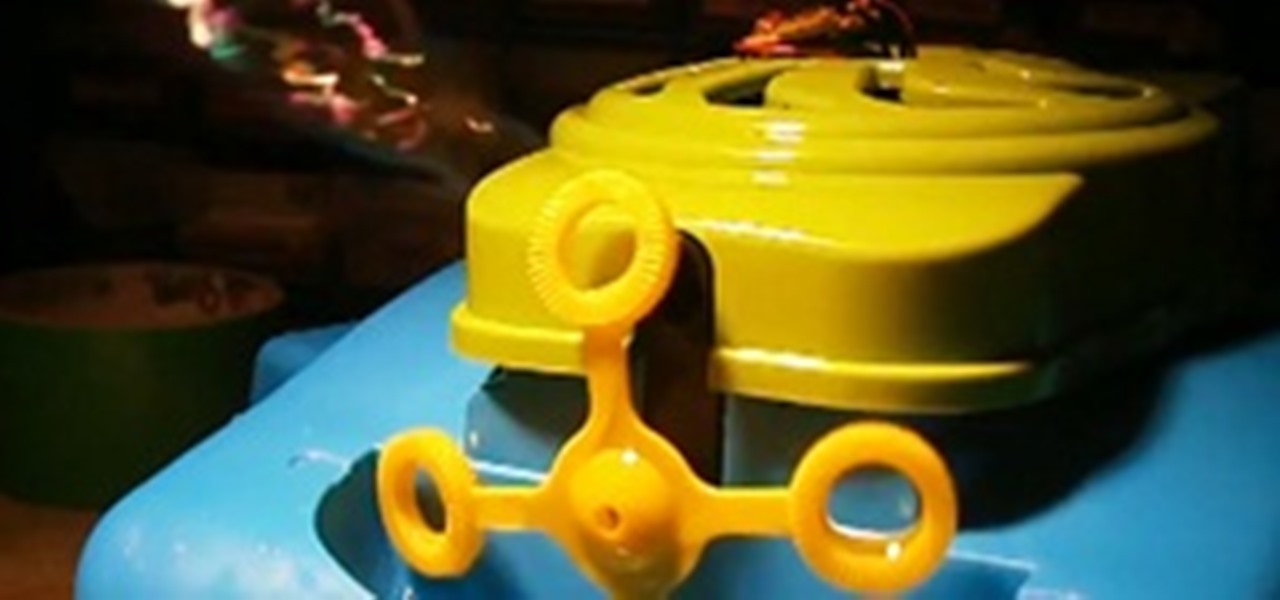
How To: Wake Up to Bubbles by Making the World's Most Gentle Alarm Clock
Since the invention of the mechanical clock, enclosure of the commons, and proletarianization of labor, the alarm clock has been the bane of our existence. While not actually evil, it does represent the constant and uncompromising glare of our owners shaking a patronizing finger at us, telling us to get to work so they can use our labor to grant themselves bonuses.
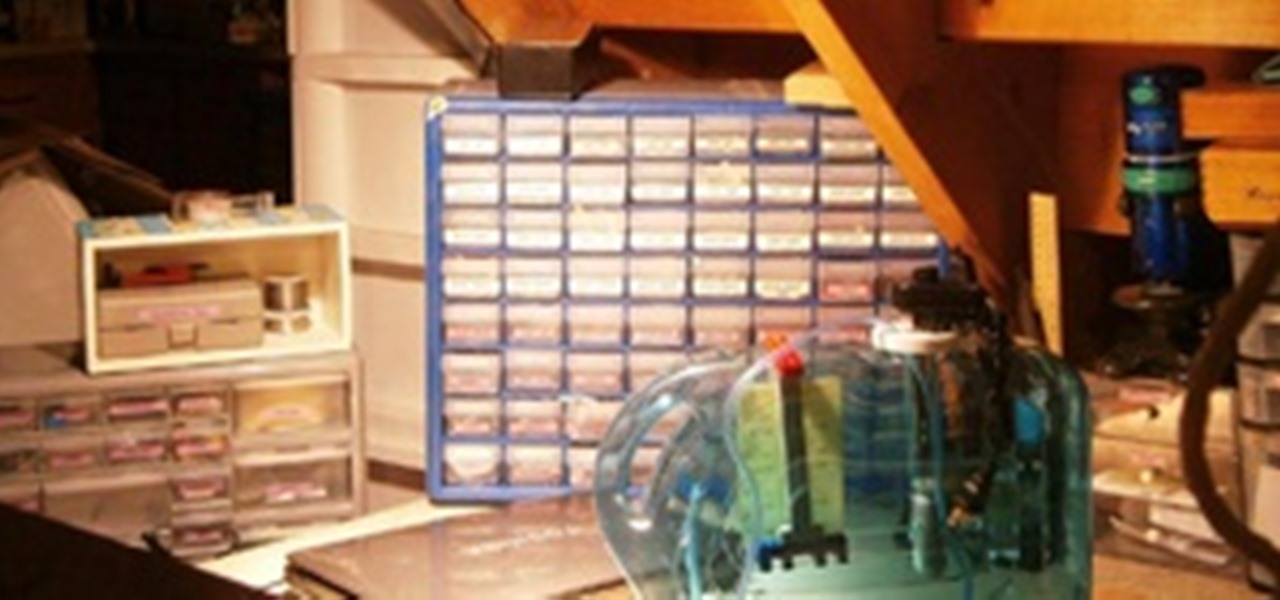
How To: Behind the Scenes at Mad Science Laboratories: How I Capture My Experiments
I have an absolutely wonderful time making projects and writing articles for all of you mad scientists! Today, I will bring you behind the scenes for a look at the workbench, tools, and software that make the Mad Science World possible.

How To: Create Practically Anything, Part 2: 3D Models in SketchUp
Creating any object you want is as simple as point and click if you have a 3D printer at home. If you don't have one handy, there are a few companies that offer printing services online. But to help services realize your design in extruded plastic, you have to make a 3D computer model for the printing machine. For beginners, the free Google SketchUp application is the best choice of software. Using only a few tool bar buttons and a scroll wheel computer mouse, you can model literally any obje...

How To: Create Practically Anything, Part 1: Fritzing Circuit Boards
Making your own circuit boards can be a daunting challenge. You have to design a schematic, test it on a breadboard, design the board layout, and then after all of that, you still have to print and etch a board!
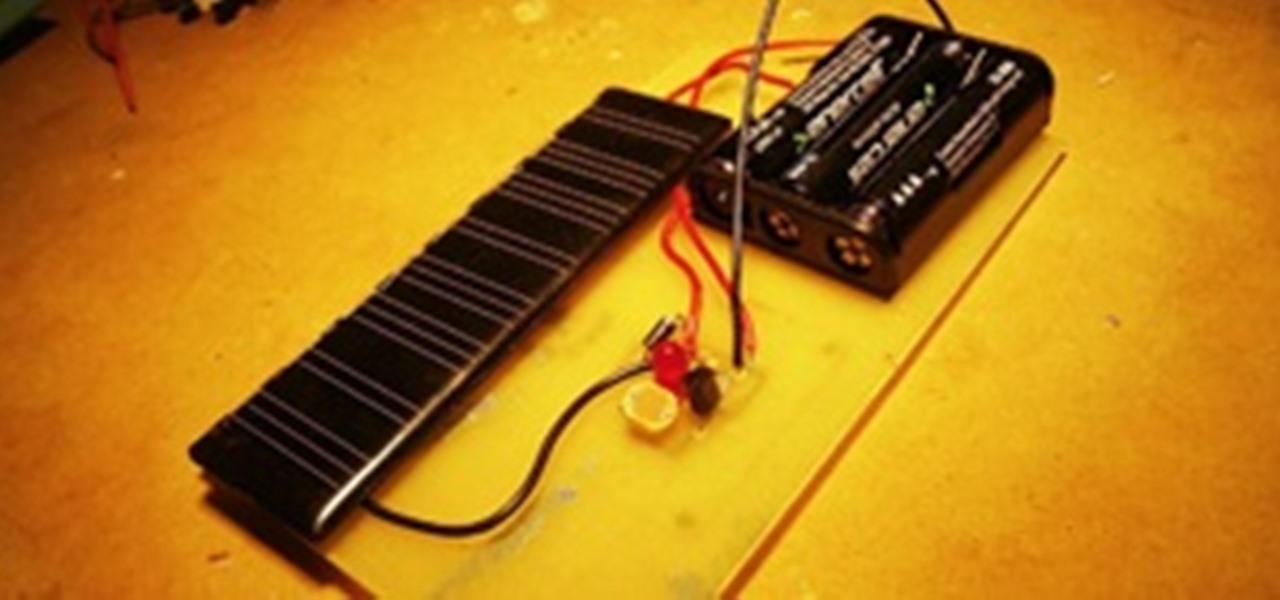
Post-Modern Vandalism: How to Hack Together These Everlasting Light Graffiti Throwies
Graffiti is a great way of getting your message out to the masses. The earliest known graffiti dates back to 30,000 years ago and used the traditional apply-paint-to-wall technique. Though our paint now comes in cans and not from scavenged berries, the actual graffiti process hasn't really evolved from those first cave paintings.
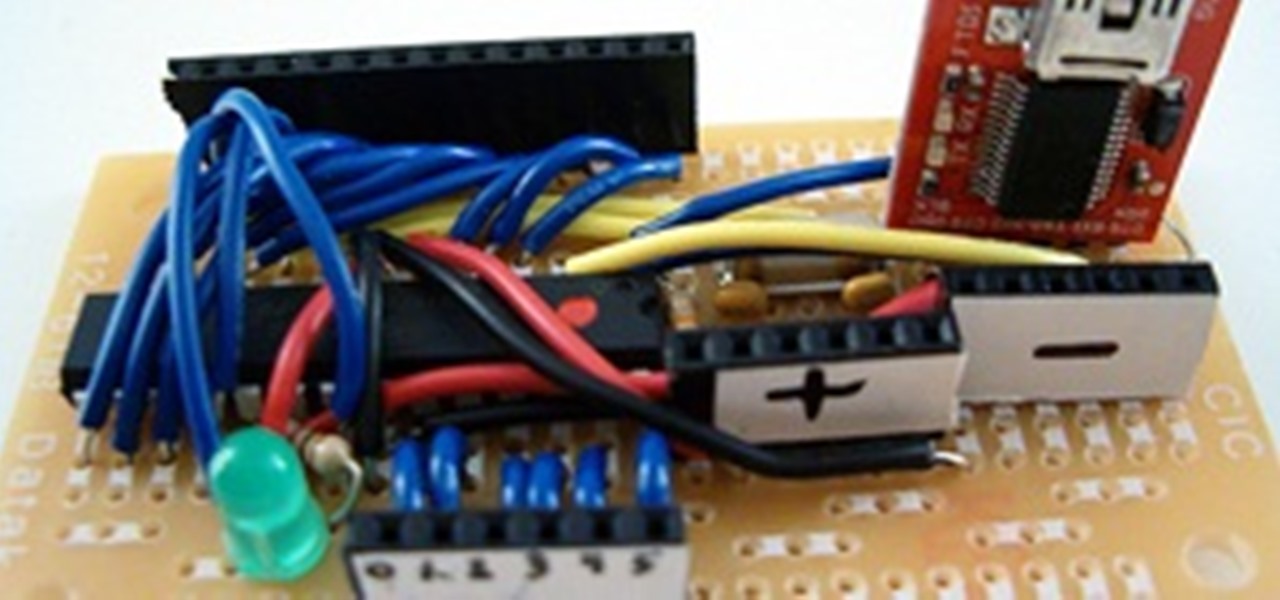
How To: Design Your Own Custom Arduino Board Microcontroller
Microcontrollers are great. You can do anything from water your garden to catch wildlife trash diggers in the act—and on the cheap. I prefer to use the Arduino microcontroller because of the large and helpful community built around the website. Though it is my favorite, there are some drawbacks to using an Arduino board in every project. It gets expensive, the board can take up too much space, and the rat's nest of breadboard wires are a pain to repair.
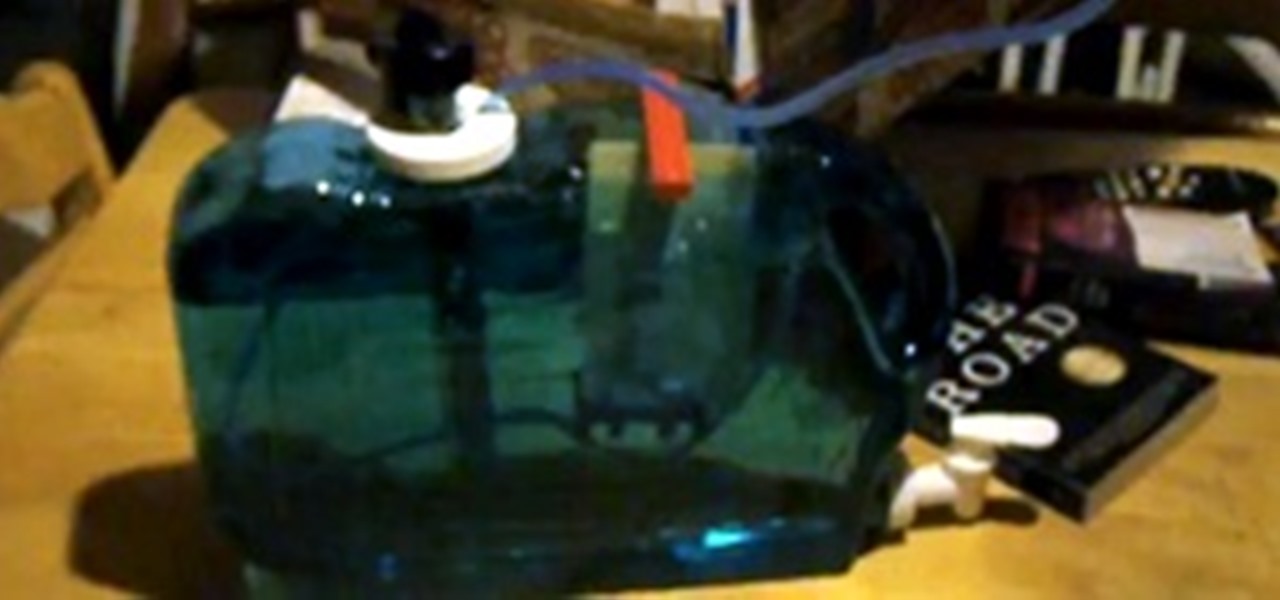
DIY Lab Equipment: Make an Etch Tank for Rapid PCB Fabrication
I love making my own printed circuit boards. It really gives a professional look to a finished project, and having all the design files means I can whip up another batch whenever I need to. However, when I need to make, say, three thousand swarmbots or fill an order for a dozen PCBs, the traditional etching process can slow down the operation to a crawl.
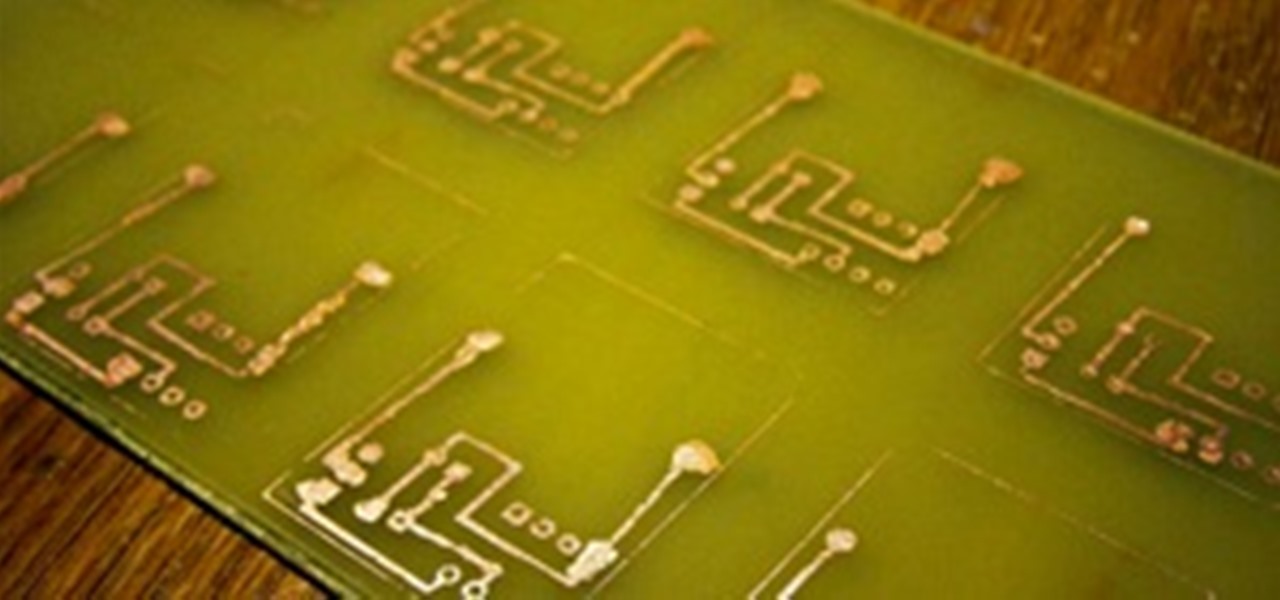
DIY Lab Equipment: How to Etch Your Own Circuit Boards Using a Laser Printer
Homemade circuits are amazing. You can build any kind of circuit on a simple perfboard, as we have seen in previous projects. However, some projects require very tiny circuit boards. We could special order some boards from a printed circuit board (PCB) factory, but that will most likely involve a high price per board and a few thousand miles of delivery service to pay for.

Galactic Invasion: How I Record Backyard Flights with a Cheap, Embeddable DIY Rocket Cam
Hobby rockets are tons of fun. Vicarious astronaut adventures abound with every launch. What if you want to be closer to the action though? What if you want to feel what it's like to be in a rocket at takeoff? With the discovery of tiny keychain cameras, we have technology small and cheap enough to fit inside a model rocket!

DIY Solar Power: Make Your Own Diode-Based Solar Panels and Capture the Sun's Energy!
Solar panels are an amazing invention. Catching energy from the Sun before it even enters Earth's food chain, photovoltaics are like an all-natural nuclear power plant. Unfortunately, the constituted parts of a solar panel are rare, valuable, and subject to the coercive forces of market competition.
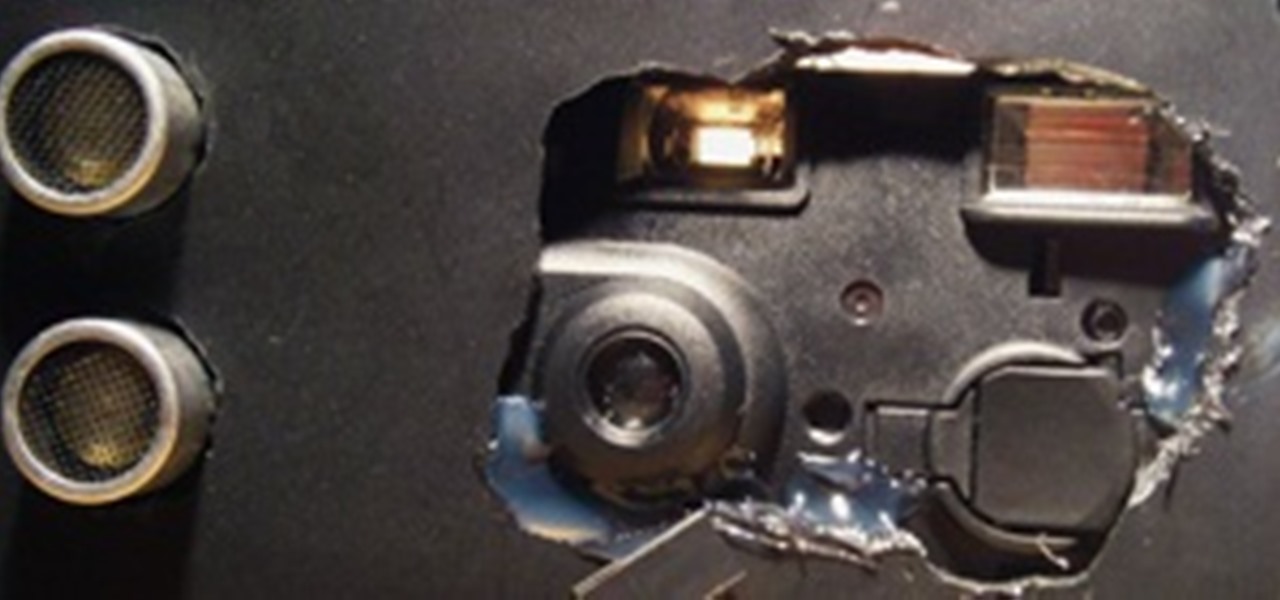
How To: Wildlife Photography with a DIY Motion-Triggered Camera
Even if you live in a big city, chances are you have some wild raccoons or foxes that cannot abide a vertical trash barrel. While apparently omnipresent, these phantasmic critters usually vanish in the night leaving only a shameless trail of refuse you never wanted to see ever again. While I haven't found a way to stop them, I can help you snap some photos of the dastardly creatures.
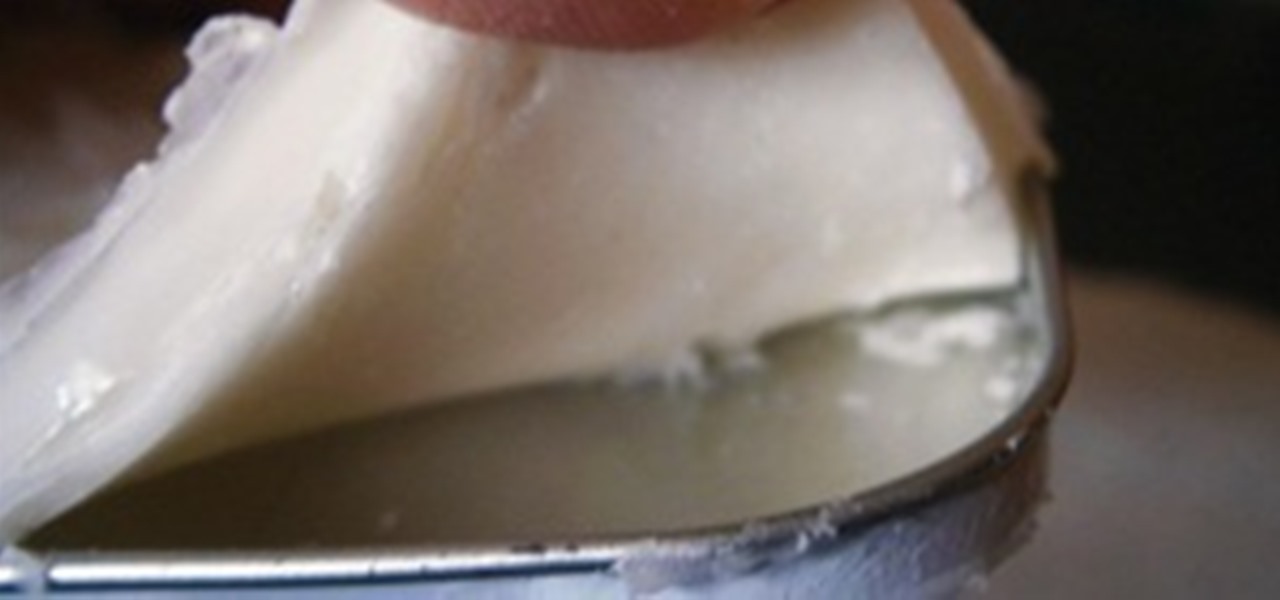
How To: Create Your Own Cast and Oogoo to Give Your DIY Gadgets the Shape You Want
I think it's fair to say that every maker yearns for a 3D printer. You can replace circuit board connectors, fix your glasses, create ski grips, and make whole machines out of printed plastic parts—even a 3D printer. But without a 3D printer on hand, you can always resort to Sugru.

DIY Lab Equipment: Make Your Own Litmus Paper Using Cabbage Juice
Home chemistry is great, but what happens when you forget to label your chemicals? How do you know if you turned a clear glass of ammonia into a clear glass of unobtainium? Chemists have a tool for just that.
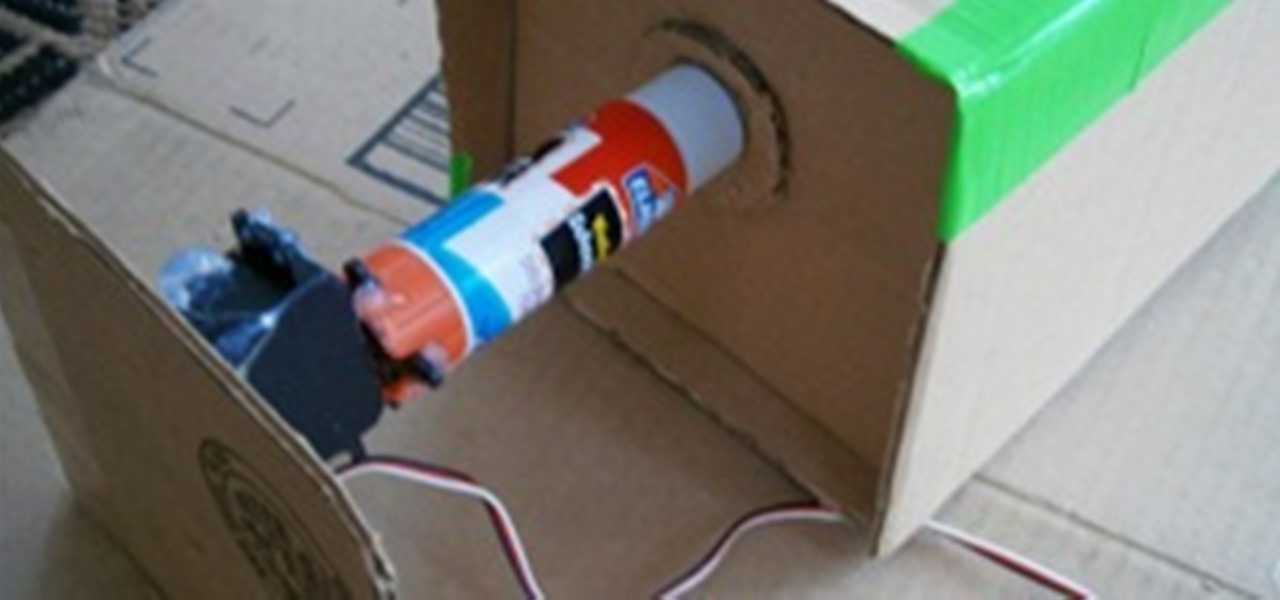
How To: Build a Vacation Pet Feeder with a DIY Linear Actuator
If you are a pet owner, going on vacation can be stressful. Usually, you need a friend or neighbor to come over everyday and feed your pets. However, by enslaving robots you can keep your pet happy and enjoy a stress-free holiday.
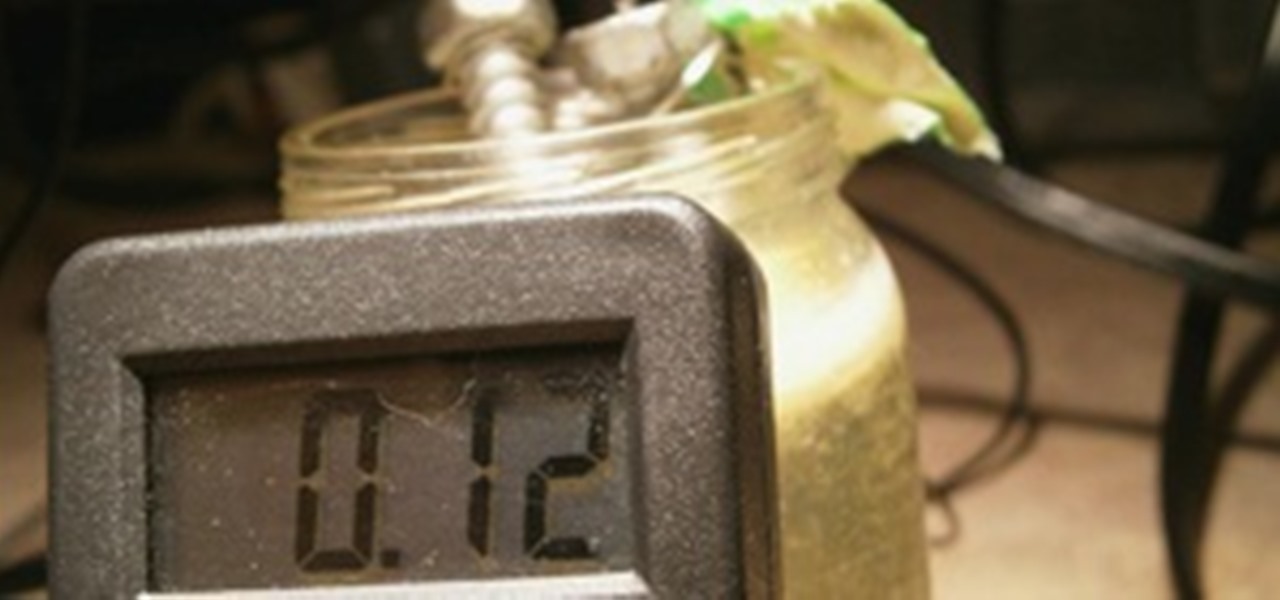
DIY Hydrogen Fuel Cell: How to Create the Fuel of the Future at Home
As some of you Mad Science readers will remember, we recently covered the separation of water into hydrogen and oxygen using electrolysis. Passing a current through water can rend it apart, but we can also recombine that oxygen and hydrogen to make electricity! This is the principle behind those vehicles run by hydrogen fuel cell engines.
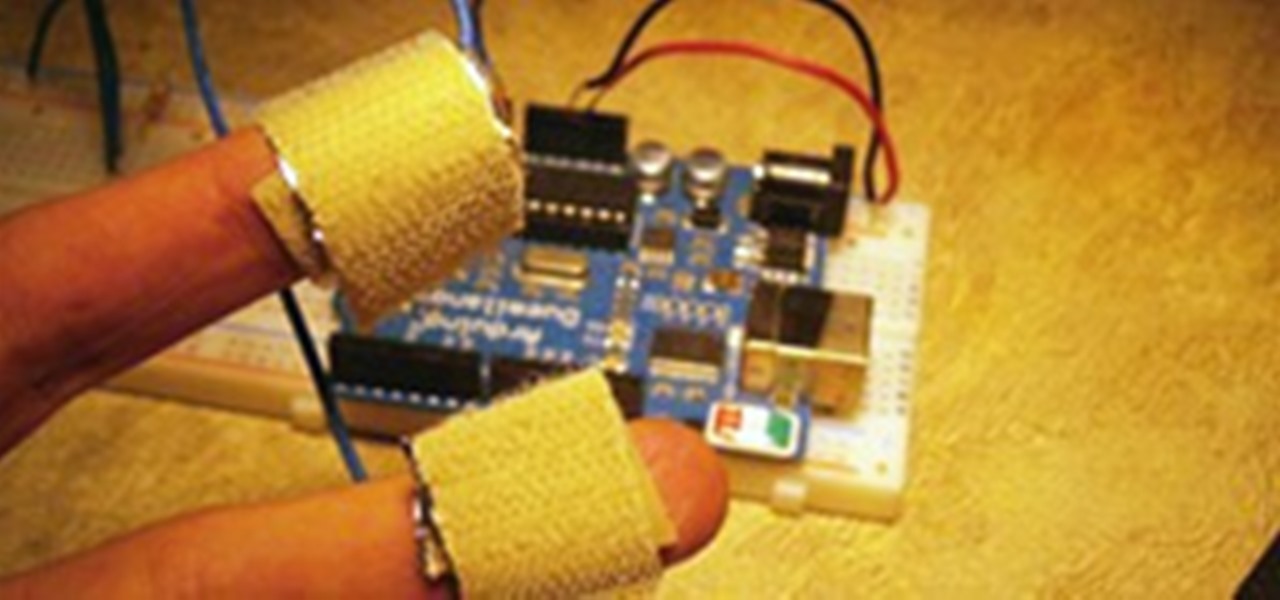
DIY Polygraph Machine: Detect Lies with Tin Foil, Wire and Arduino
Lying is awesome. From a very young age, children learn that flat out denying the truth gets you out of trouble and helps keep you calm in the face of horror. But what happens when you just have to know if someone, say, used your toothbrush? You could ask them to take an expensive and arduous polygraph test.

How To: Create a Smart Sprinkler System to Water Your Garden When the Soil Dries Up
Spring has sprung, which means it's time to plant all those delicious vegetables and lucrative cash crops. If you are like me, every year you meticulously plan every aspect of your garden before dutifully neglecting it all summer. I decided enough was enough and built this simple automatic watering system.

Inception in Real Life: Make These Lucid Dreaming Glasses and Take Control of Your Dreams
Dreams are like an internal human holodeck. Inside your mind, anything is possible, from your grandest wishes to your worst nightmares. This is all well and good, but what if you could control your dreams and become the omniscient god of a handpicked reality whenever you go to sleep? Inception took this idea to the logical extreme by invading other people's dreams.
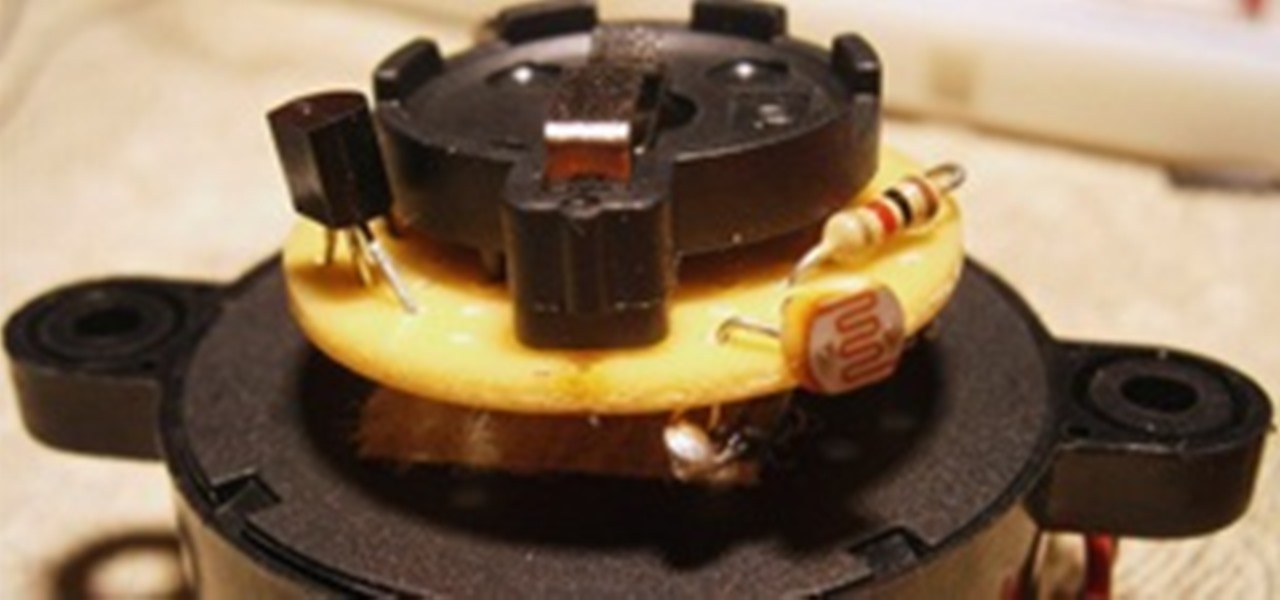
How To: Build a Light-Triggered Alarm to Catch Your Food-Thieving Roommate in Action
When I was attending college, my friends had a phantom thief in their dormitory. Almost every night, a different item of food would go missing, never to be seen again. There was constant speculation as to whom the thief was and how to catch them. Security cameras were deemed too invasive, but none could think of another method of surveillance... until today.





